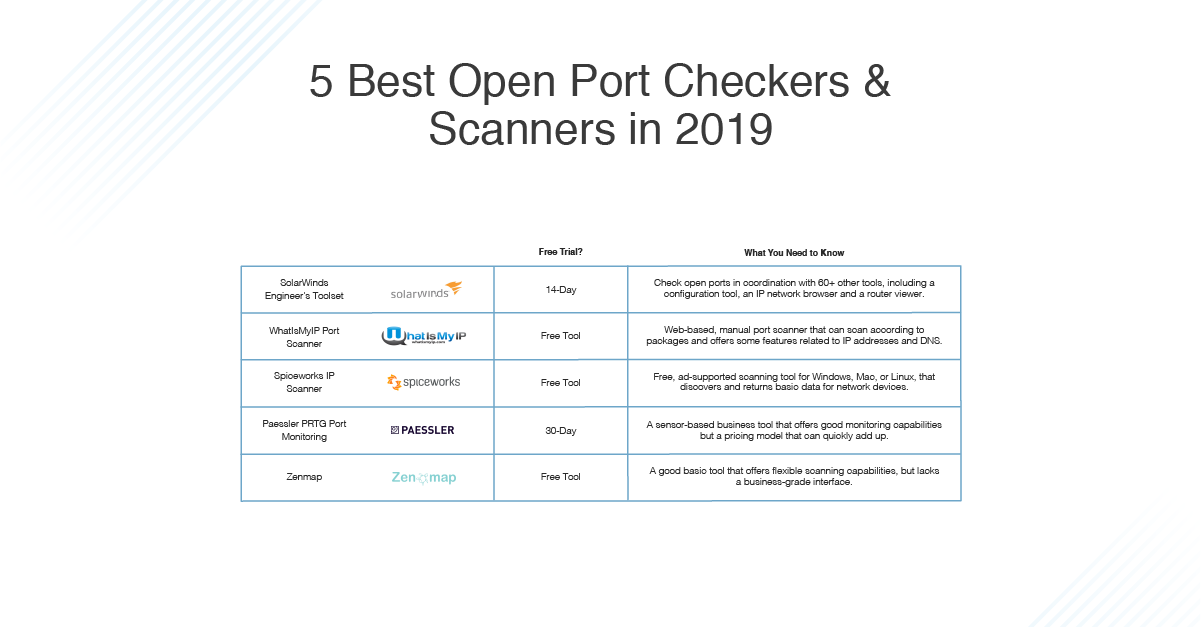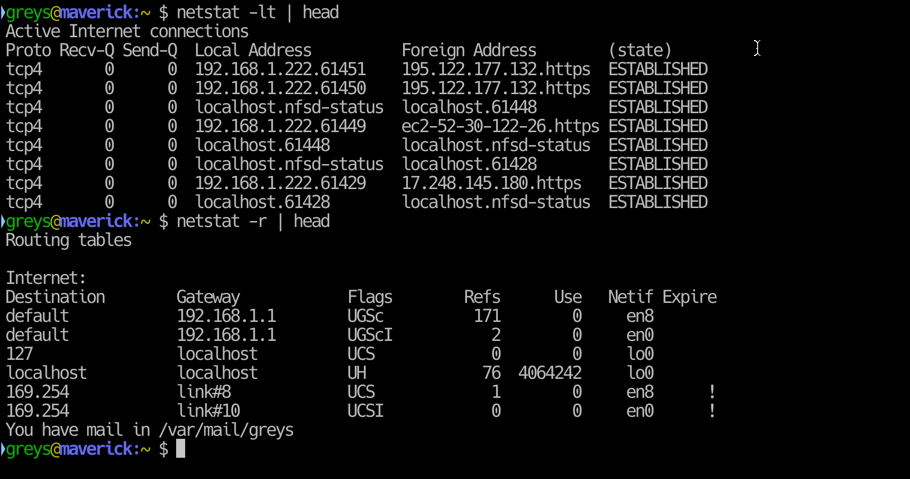
However, some advanced users-such as web developers or system admins-have a legitimate need to open a specific port.Įarlier versions of OS X use ipfw, which is now depreciated.įollow these steps to open a specific port (in this example 8080) in OS X. Here is how to allow the app to accept incoming connections. This prevents other people (or computers on a local network) from discovering your Mac. If an application has a valid certificate the firewall allows incoming connections. If you select this checkbox other apps that rely on internet services, such as Dropbox, will stop working. This blocks everything except basic Internet services, such as DHCP, Bonjour, and IPSec. In either case a hardware firewall is provided, typically as part of NAT (Network Address Translation).

However, most computers no longer connect directly to the internet via a DSL modem, instead most go through a router provided by their Internet Service Provider (or via a corporate network). This might strike you as odd, because Apple is so keen on security.

With the firewall turned off every application has access to every area. Think of your Macs IP address (used to connect it to the network) as a hotel, ports as room numbers and applications as guests. Ports are the specific connections between your Mac and the network, and a firewall sits between your Mac and the network and decides which port is open and which is closed. This used to be done using ipfw, but in OS X 10.10 and later you use a new command: pfctl.

OS X manages the firewall on a per-application basis, but sometimes you want to open a specific port on your Mac.


 0 kommentar(er)
0 kommentar(er)
